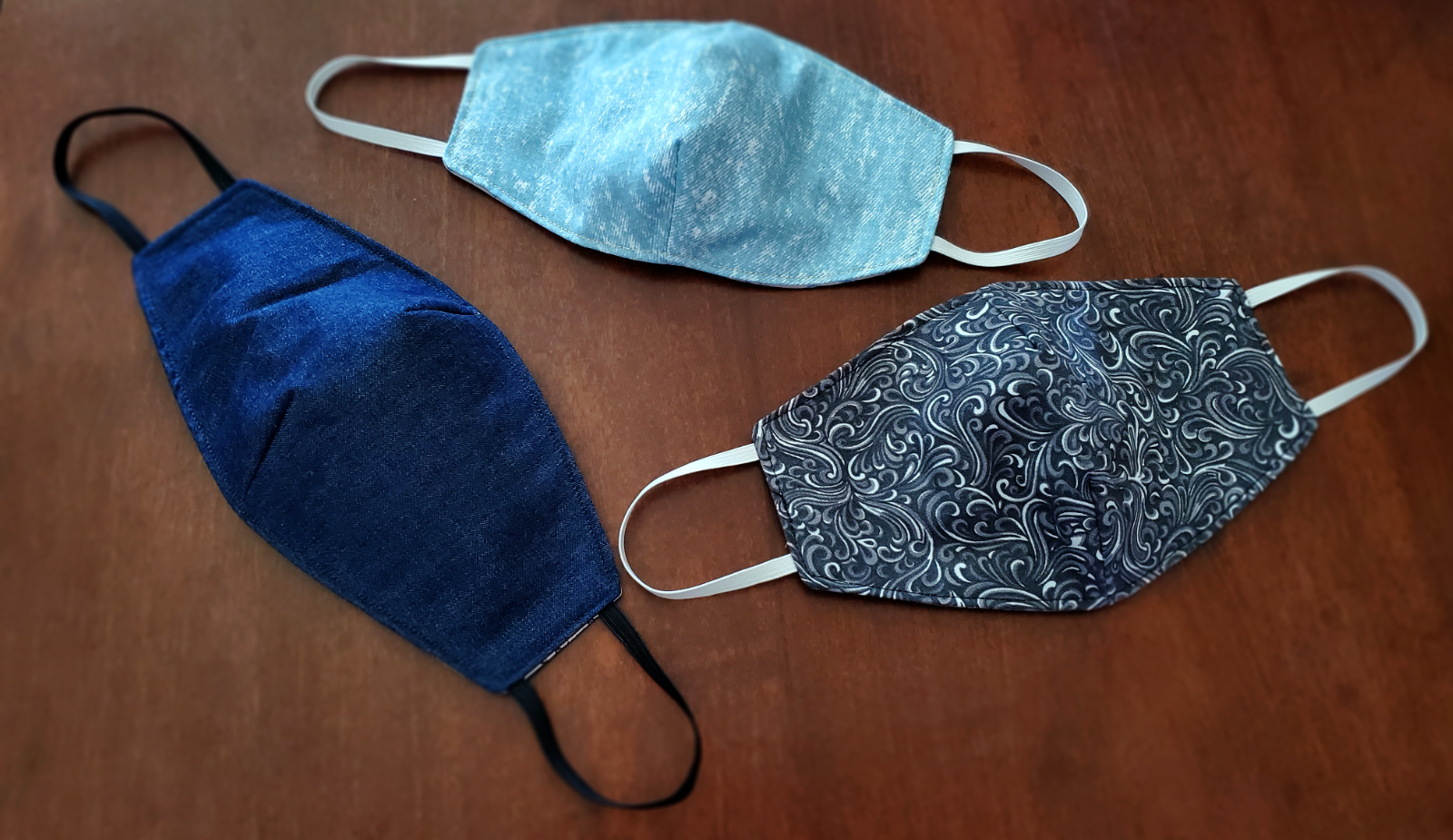Your face is unique.
Your mask could be too.
Our web application uses facial dimension inputs to help you generate a mask that fits your face.
Our web application uses facial dimension inputs to help you generate a mask that fits your face.
How does this work?
Input dimensions into our application.
You will need a ruler. Optionally, you can upload an image instead.
Print your design to scale.
We will output a vector image so that you can laser cut the design.
Use our easy-to-follow template to create your personal mask!
Who are we?
With the shortage of N95 masks, many people have resorted to using household materials to create masks that block bacterial and viral aerosols. Unlike the one-size-fits-all industrial designs, homemade masks can be customized to improve fit and comfort.
We would like to maximize the fit factor of DIY masks by providing users with a web app that can help them customize stencil designs to their own facial dimensions. The files generated can be downloaded as a PDF or SVG allowing users to print out these designs in their true size to trace or to laser-cut.

We offer two methods for measurement input
This process will take one to three minutes. You will need a ruler, and a high resolution photo of the person to generate the mask for.
This process will take five to ten minutes. You will need a ruler.
Still have questions?
The effectiveness of sewn masks is significantly less than off-the shelf surgical masks and N95 masks, but the CDC recommends the use of simple face coverings to help slow the spread of the virus in order to reserve critical health supplies for medical professionals.
There are two main things that determine the effectiveness of a mask: material filtering efficiency and fit. Our project aims to help improve the fit (particularly the seal) of the mask on the face. According to the linked study, sewn masks typically have around ⅔ of the filtration efficiency of a surgical mask and ½ of the fit factor.
We cannot guarantee a number because the user may not user recommended materials, and inaccuracies in sewing may result in a less than idea seal, but there are several benefits to using a sewn mask.
While we recommend the user to print, pin, and trace our design for better accuracy, we have implemented a function to help users scale the on-screen design.
We recommend using preshrunk cotton fabric with an activated carbon insert. The cotton provides good breathability and stretches to create a better fit when compared to thicker household materials (like tea towels). Activated carbon, being an adsorbent material, can remove odor and a wide range of gaseous pollutants from the air.
Masks should be washed after every use.
Email us at immaskcontact@gmail.com.